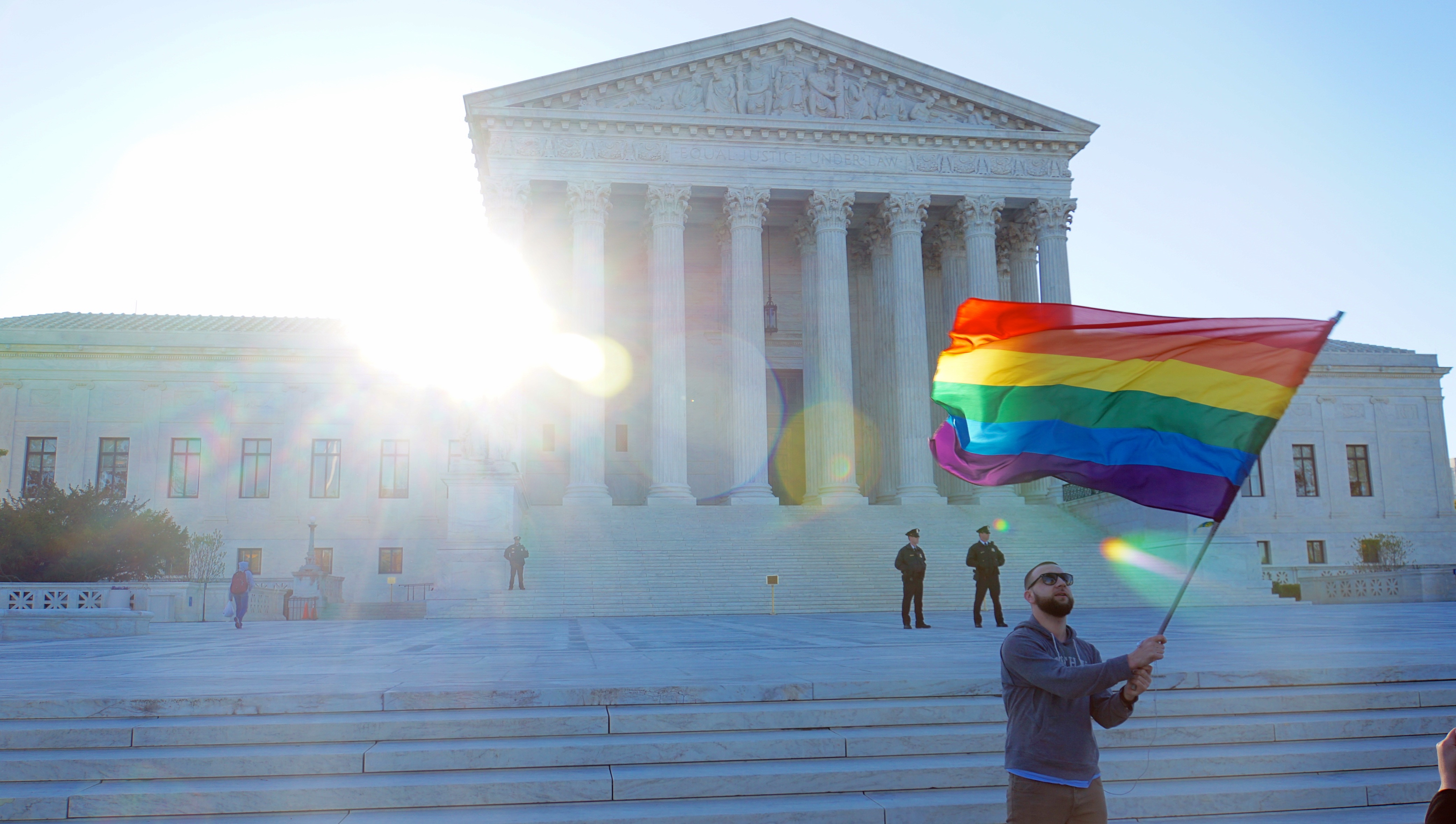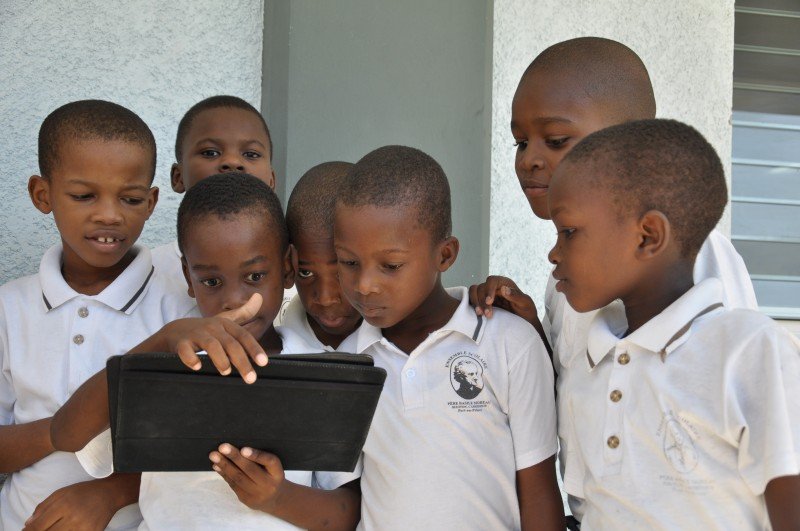
Facebook COO Sheryl Sandberg’s new book, Option B, has brought long overdue attention to the issue of grief in the workplace – and with good reason.
On a typical workday, the average American spends more than half of his or her waking hours at the office. For many, that means seeing co-workers more often than family and friends. We develop a close bond with our colleagues, socializing after work and even traveling together.
But what happens when an associate’s loved one passes away? What can individuals and organizations do to ease the transition back to the workplace for those in mourning?
While companies in the U.S. have recently made great strides when it comes to benefits such as paternity/maternity leave and volunteer days, there is one area that still needs a lot of improvement: providing support for the bereaved. And it’s an area where everyone in the organization can play a role.
After a loss, people need flexibility when it comes to returning to work. Lamentably, the standard for paid bereavement leave for an immediate family member is just three days. Some companies offer up to 10 days, but it is more common to receive no paid time off for bereavement.
Under the U.S. Fair Labor Standards Act, there is no specific, mandated provision for bereavement leave — even when it comes to attending a funeral. In fact, only 60 percent of U.S. private sector workers get paid time off after the death of a loved one, according to the Department of Labor.
Even if three days were the mandated standard, is that really enough? There is no such thing as a mental deadline for being okay. Those hectic three days could be consumed by travel, logistics and funeral planning alone. Clearly, employers need to do more when it comes to grief.
In May 2015, Sandberg’s husband Dave Goldberg suffered a fatal heart attack and passed away at the far-too-young age of 47. In Option B, Sandberg and co-author Adam Grant write about what psychologists refer to as acute grief, intense and painful waves of emotion that last for roughly six months after the loss of a loved one.
For most organizations, providing six months off for bereavement leave is not practical, but, in many cases, granting employees up to one month could be doable. This is exactly what Sandberg, Facebook CEO Mark Zuckerberg and the team at Facebook think. In February, it announced a new bereavement policy, giving employees 20 days of paid leave to grieve for an immediate family member and up to 10 days to grieve for an extended family member. Perhaps Facebook, already ahead of the curve in so many areas, will start a trend toward giving more time off for grief leave.
Creating a Culture of Understanding
But a more generous and accommodative bereavement policy is not the only way employers can help. It is critical for employees to return to a more caring and supportive workplace. In one poll conducted by Tiller and Comfort Zone Camp, 44% of workers who had lost a spouse said their workplace was not prepared to help them deal with their loss.
One way to support those in grief is to acquaint everyone with grief’s realities in advance. By getting in front of workplace grief instead of reacting to it, organizations can create a more supportive and communicative environment. Human resources departments regularly hold workshops on a range of topics – from public speaking, to diversity and inclusion, to workplace bullying – so why not offer a bereavement workshop?
These educational workshops can help sensitize an entire organization to the impact grief has on the bereaved, how to assist those going through difficult times, and what to expect when a bereaved employee returns to work. Grief counseling should also be offered as part of a benefits package.
The bottom line: if employees know they have the understanding and support of their organization, they will feel better about returning and re-embracing their workplace role – a key step in moving their lives forward.
At the same time, the benefits of creating a more welcoming and understanding workplace for the bereaved accrue to the employer as well. According to a study conducted by the Grief Recovery Institute, 50% of participants reported at least 30 lost days in which their value to the company was dramatically reduced because of reduced focus stemming from their grief. The economic toll is considerable. That same study found that over $75 billion is lost annually due to grief’s impact on workers. Less easy to quantify but just as important is the notion that giving employees the time and environment they need to find their footing after a loss is likely to lead to a more collegial workplace and more loyal and productive employees down the road.
Making A Difference…One Employee at a Time
Even as corporate practices evolve and progress, individuals in the workplace need to be aware of their own opportunity to lend support.
Oftentimes, the workplace can be a welcome distraction from the whirlwind of emotions and restlessness of being at home. Sandberg herself went back to work 10 days after the tragedy, and courageously shared her feelings with the world via a public Facebook post 30 days later. Yet, when the Lean In author returned to the office, she found that several co-workers “had a look of fear in their eyes” and one colleague admitted to feeling paralyzed around her, not wanting to say the wrong thing.
This uneasiness is all too common. In another poll conducted by Tiller with our client the New York Life Foundation, only 26% of individuals said they would be comfortable consoling or talking with a close friend, neighbor or close co-worker who lost a spouse or a child. At the same time, 75% of individuals who had suffered a recent loss said it “really helps” to talk with friends.
Co-workers are often friends as well, and small things can go a long way, including simply letting the bereaved know you’re there for them. Be sure to continue inviting bereaved friends to group lunches and happy hours; even if they don’t feel up to attending every single event. Just the offer itself can help someone get back on track. We can also show we care by offering to lend a hand with errands and small projects, especially for those with children at home. Additionally, checking in periodically throughout the following months (and not just a few days after that person resumes work) can go a long way towards making the bereaved feel more comfortable at work.
Clearly, there is no formula for dealing with loss in the workplace. But it is also clear that a lot of good could be generated by spreading awareness of the issue, fighting for more mandatory time off and above all else, being compassionate to our co-workers in need.
-David Spelman, Junior Consultant, Wharton MBA Candidate












